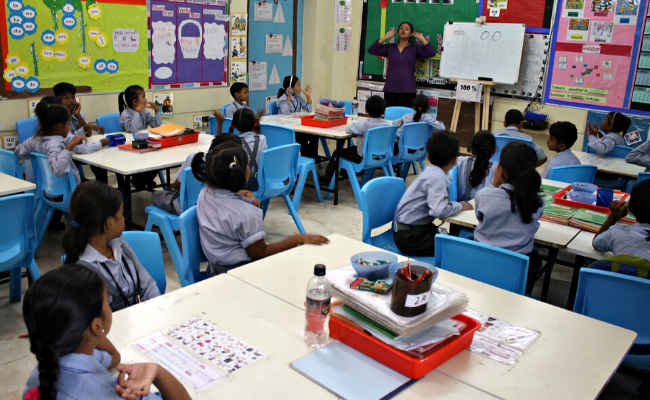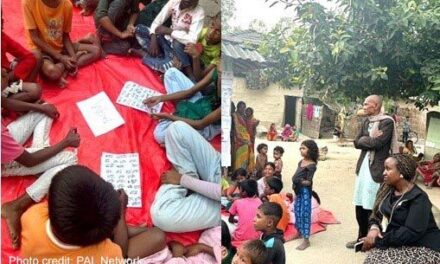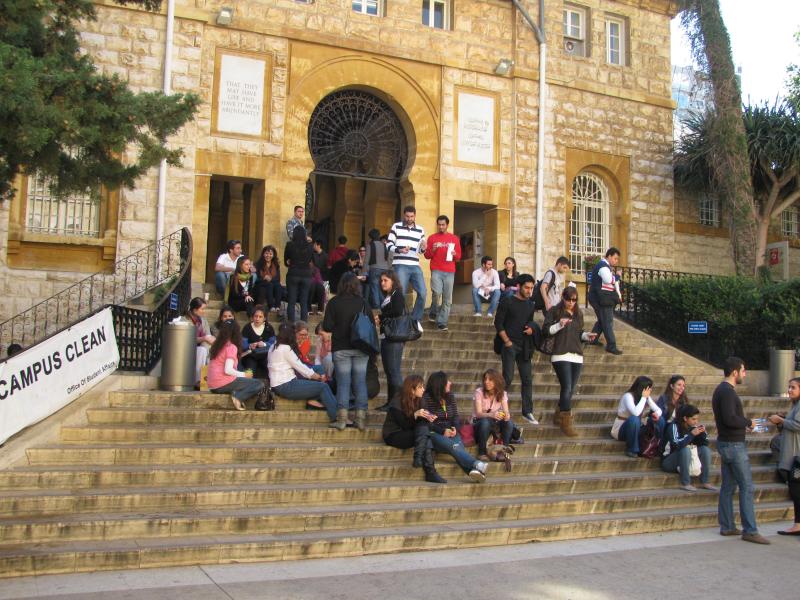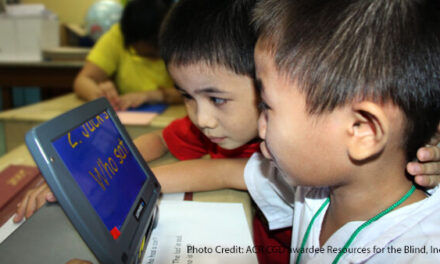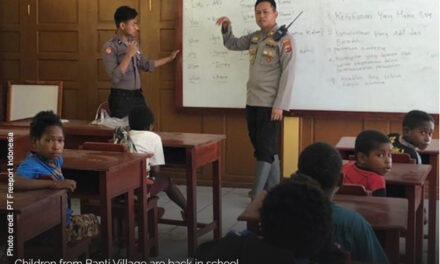This blog was written by Peter Colenso, Senior Consultant for Global Schools Forum. It was originally published on the Global Schools Forum website on 1 April 2020.
A large and growing share of children in developing countries are educated outside of government schools – what will happen to these schools and their students in the current pandemic?
According to UNESCO, as of 1 April 2020, 185 countries have implemented nationwide closures of schools, affecting over 1.5 billion students, or 90% of the world’s student population. This is a global education crisis without precedent. These numbers will only rise, and they mask devastating human, social and economic costs, particularly for the most vulnerable communities and particularly for children.
A large and growing share of children globally are educated outside of government schools. According to the UNESCO Institute for Statistics, in 2018, 42% of pre-primary children globally were educated in the non-state sector, 18% of primary children and 26% of secondary children. Nor are private schools the preserve of the rich in low and middle-income countries. India’s latest National Sample Survey shows that just under half of all students in India are enrolled in privately managed schools, with one-third of these students coming from the poorest 40% of the population.
“But without subsidy from governments, what will happen to these schools, their students and communities as a result of COVID-19?”
The Global Schools Forum is a non-profit membership organisation working with non-state organisations in developing countries who are serving children from low-income backgrounds. Our members are both school operators and intermediary organisations providing services such as teacher training and access to financial services for the non-state sector. Our 49 members span 33 countries and are collectively running or supporting over 17,000 schools which provide education to 2.5 million children. They are a mixture of not-for-profit and for-profit organisations; both fee-charging and non-fee charging.
We have been speaking to our members over the last week to understand how they are dealing with the COVID-19 pandemic. They have three core concerns:
- Safety of students and staff: this starts with, but extends well beyond, direct COVID-19 related health concerns; many of our school operators are particularly concerned about child safeguarding and protection, given decreased direct access to students and increased household vulnerabilities and risks created by the pandemic;
- Continuity of Learning: how to ensure students can still learn, not just short-term but in the medium-term too; this is of particular concern to GSF members working in communities with little connectivity and limited access to devices or hardware to sustain online learning, and often students with non-literate parents;
- Business Continuity: how to ensure financial survival; including finding the right balance between duty of care to teachers and non-teaching staff and maintaining jobs and organisational survival in the medium-term.
In addition to the pressures faced by governments schools in the face of the COVID-19 pandemic, non-state schools serving low-income communities face distinct threats of their own. They face lost revenue from school fees and they are unlikely to be eligible for subsidies from the government to manage economic shocks; whether educational subsidies, such as the maintenance of teacher salaries through the public purse; or small business subsidies such as tax exemptions and concessional loans made available by governments to small businesses in the broader economy. Many of them will face closure.
Governments, national and international education partners around the world are right to prioritise government schools, where the majority of children are educated. But our plea to these governments, national and international partners is not to forget the non-state education sector. It provides schooling to up to one-third of the global student population – no one knows the exact numbers – including, increasingly, students from very poor communities. It is largely invisible to policy-makers and to funders, faces specific vulnerabilities and lacks the safety net of the public purse to ensure both short-term survival, as well as continuity of services when schooling eventually resumes.
Specifically, we ask that:
- Governments consider, in the design of subsidy and support programmes, the unique vulnerabilities of the non-state education sector, and that they also take steps to expand connectivity for low-income communities;
- Financial institutions maintain and increase access to credit for the formal and informal low fee private school providers for whom revenues will cease in the coming months;
- Network providers make available, with government support if necessary, concessions on the costs of data – a major barrier as those low-income communities fortunate enough to have hardware and connectivity increasingly move to online learning;
- Education technology companies provide expanded access to online learning resources for students as well as teacher training resources for teachers;
- International education funders provide maximum flexibility with existing funding and provide additional short-term funding to ensure the survival of their grantees and investees and the resumption of services when the pandemic allows.
Finally, we have been inspired by the response of our members and the broader non-state education sector to fighting the COVID-19 pandemic.The non-state sector is working with governments and communities around the world to support national efforts for the whole education sector.
Whether it is making online learning resources open source, as SPARK Schools is doing in South Africa; creating and broadcasting lessons over the radio for public consumption, as Rising Academies in doing in Sierra Leone and as part of the government response in Liberia; figuring out how to re-purpose teachers as Community Education & Welfare Officers, as United World Schools is planning in schools in Asia; or partnering with governments to make schools available as quarantine centres, as the Jammu & Kashmir Private Schools Coordination Committee has done in Pakistan and the National Independent Schools Alliance has done on behalf of its more than 55,000 ‘budget private school’ members in India. As one of our school operator members said this week: “The non-state education sector has a big role to play in fighting this disease”.

